Affiliate Disclosure: This post may include affiliate links. If you click and make a purchase, I may earn a small commission at no extra cost to you.
There are numerous SSDs in the Gen 4.0 mid-range segment. WD Blue SN5000 and WD Black SN7100 are among the most popular. They save you money and just get the job done with some compromises. In most cases, you won’t notice any issues with these cheap drives. So, they can be great picks for your less-demanding computers.
Both of these drives are DRAM-less. Meaning they use HMB, which is a process that uses a small portion of your system’s RAM to handle mapping tables. You may not notice any difference in day-to-day DRAM usage, but it has some impacts in sustained and heavy-workload environments.
Both the SSDs are equipped with the Polaris 3 controller, which is based on the 16nm process. This controller is found in most low-end DRAM-less SSDs from WD.

The SN7100 lacks encryption, but the SN5000 supports TCG Pyrite encryption. The theoretical read/write specifications are higher on the SN7100, as we will see below in the article. So, let’s get started with our comparison.
Theoretical Specifications Comparison
| Specification | WD Blue SN5000 | WD Black SN7100 |
|---|---|---|
| PCIe Generation/NVMe Version | PCIe Gen 4.0 x4 / NVMe 1.4 | PCIe Gen 4.0 x4 / NVMe 1.4 |
| Release Date | June, 2024 | Nov 21st, 2024 |
| Capacities | 500GB, 1TB, 2TB, 4TB | 500GB, 1TB, 2TB, 4TB |
| NAND Flash | Kioxia’s BiCS5 HDR TLC (112-layer) Kioxa’s BiCS6 QLC (162-layer) in 4TB | Kioxia’s BiCS8 TLC (218-layer) |
| Sequential Read Speed | 500GB: 5,000 MB/s 1TB: 5,150 MB/s 2TB: 5,150 MB/s 4TB: 5,500 MB/s | 500GB: 6,800 MB/s 1TB: 7,250 MB/s 2TB: 7,250 MB/s 4TB: 7,000 MB/s |
| Sequential Write Speed | 500GB: 4,000 MB/s 1TB: 4,900 MB/s 2TB: 4,850 MB/s 4TB: 5,500 MB/s | 500GB: 5,800 MB/s 1TB: 6,900 MB/s 2TB: 6,900 MB/s 4TB: 6,700 MB/s |
| Random Read Speed | 500GB: 460K IOPS 1TB: 730K IOPS 2TB: 1,180K IOPS 4TB: 690K IOPS | 500GB: 760K IOPS 1TB: 1,000K IOPS 2TB: 1,000K IOPS 4TB: 900K IOPS |
| Random Write Speed | 500GB: 770K IOPS 1TB: 770K IOPS 2TB: 1,440K IOPS 4TB: 900K IOPS | 500GB: 1,200K IOPS 1TB: 1,400K IOPS 2TB: 1,400K IOPS 4TB: 1,350K IOPS |
| DRAM | No (HMB) | No (HMB) |
| Heatsink Option | No | No |
| Price | 1TB starting at $79.00 | 1TB starting at $79.90 |
The WD Black SN7100 beats the WD Blue SN5000 across the board. It uses newer BiCS8 NAND (218-layer vs. Blue’s 112-layer BiCS5), and the performance gap is obvious. The sequential reads jump from around 5,000 MB/s to over 7,000 MB/s, and writes improve by nearly 2,000 MB/s at most capacities. Random IOPS also favor the SN7100, showing it can handle heavier workloads far better. Both drives are DRAM-less, so they prioritize efficiency and affordability over absolute peak performance.
In short: the WD Black SN7100 is for gamers, prosumers, and anyone chasing top Gen 4 performance without spending on premium-tier SSDs. The WD Blue SN5000, meanwhile, fits everyday users or budget builders who want solid speeds for normal computing, media, and office work without paying for excess performance they’ll never use.
Both of these SSDs use TLC NAND flash, except for the 4TB variant of the SN5000, which uses QLC NAND flash. QLC NAND flash has drawbacks in performance and reliability due to the overutilization of memory cells. So, it is better to opt for TLC when choosing between the two.
Benchmark Scores Comparison
The benchmark scores are for the 4TB SN5000 and the 2TB SN7100. There might be some variations in other variants, but they will be minimal.
PCMark 10 Full Drive Benchmark
The PCMark 10 Full drive benchmark tests a drive’s capabilities as the primary OS drive in a system. It is a trace-based benchmark software that runs several real-world tests like photo editing, video editing, document editing, loading applications, etc.

Even though the WD Blue SN5000 has double the capacity, the WD Black SN7100 (2TB) still wins easily on performance in the PCMark 10 Benchmark. It scores around 15% higher overall, pushes about 14% more bandwidth, and responds a good bit faster with lower latency. The SN5000 is fine for bulk storage or light use, but the SN7100 is the better choice if you care about speed and responsiveness.
3DMark Storage Test for Gamers
3DMark Storage benchmark is made to test a drive’s capability in gaming scenarios. This includes tests like running games, opening games, loading scenes, saving games, and streaming etc. So, a better 3DMark score means a better gaming performance.
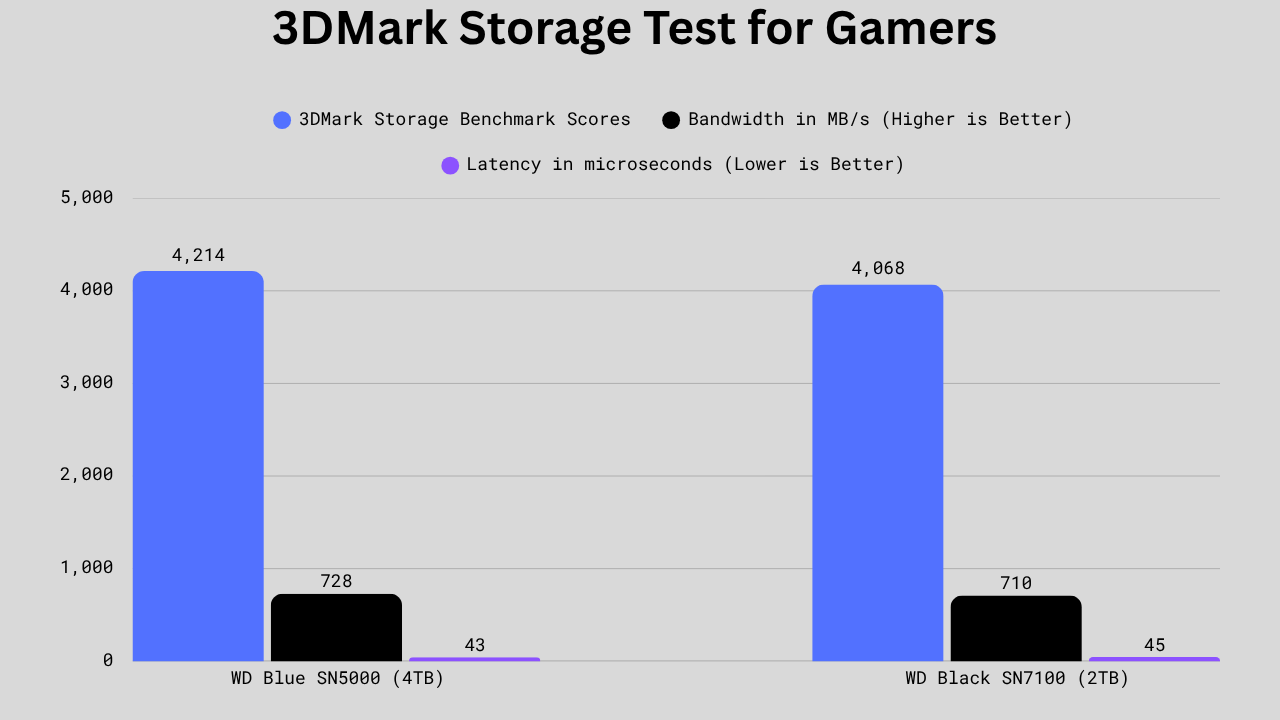
In the 3DMark Storage test for gamers, the WD Blue SN5000 (4TB) pulls slightly ahead, showing a modest edge in both score (4214 vs 4068) and bandwidth (728 vs 710 MB/s) while keeping latency a touch lower. The differences aren’t massive, but they point to more consistent performance in gaming and 3D-related tasks. The SN7100 still holds its own, yet the SN5000 looks like the better all-around performer for real-world workloads and multitasking.
CrystalDiskMark Sequential Read/Write Performance
CrystalDiskMark peak sequential read/write benchmark tests an SSD or HDD’s peak speed under different file sizes and queue depths. For this test, we have selected 1 MiB data blocks at the queue depths of 1 and 8, respectively.

The WD Black SN7100 (2TB) absolutely dominates at higher queue depths, with much higher read and write speeds at QD8. Even at single-queue depth, its write speed is notably stronger, though the Blue SN5000 slightly edges it out in single-threaded reads. Overall, the SN7100 is better tuned for high-performance workloads and sustained data transfers, while the SN5000 is more balanced for lighter, everyday use.
CrystalDiskMark Random Read/Write Performance
In the peak random tests, small data blocks are used, ideally 4KB. This indicates the day-to-day system usage, such as system loading or running programs. We use queue depths of 1 and 256 to replicate single-queue and multitasking workloads, respectively. Below are the comparisons.
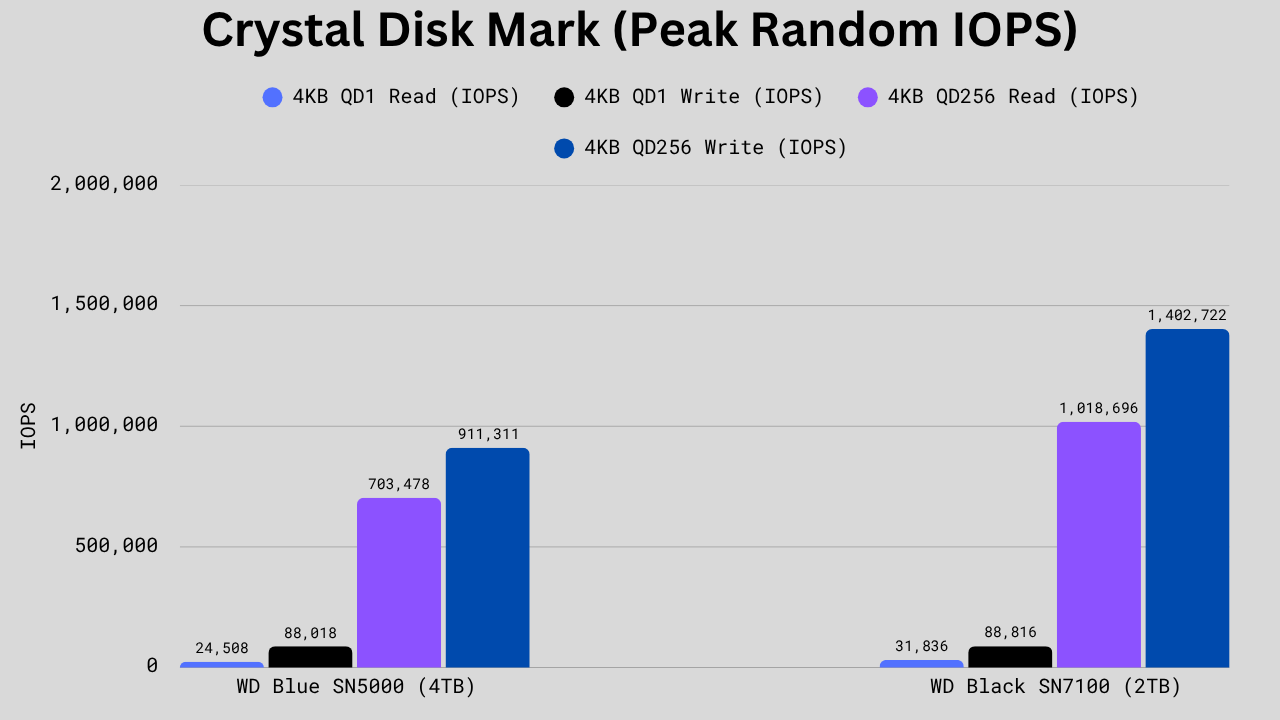
The WD Black SN7100 (2TB) easily beats the WD Blue SN5000 (4TB) in nearly every 4KB test. It shows stronger single-queue read performance and completely crushes the Blues’ numbers in high-queue scenarios, especially in write IOPS, where it pulls far ahead. This makes the SN7100 far more capable under heavy multitasking or professional workloads, while the SN5000 still offers solid responsiveness for casual use and storage-heavy tasks.
File Transfer Rate
The file transfer benchmark is very basic and checks a drive’s capabilities to move data here and there. It tests the performance in data reading, writing, and copying scenarios.
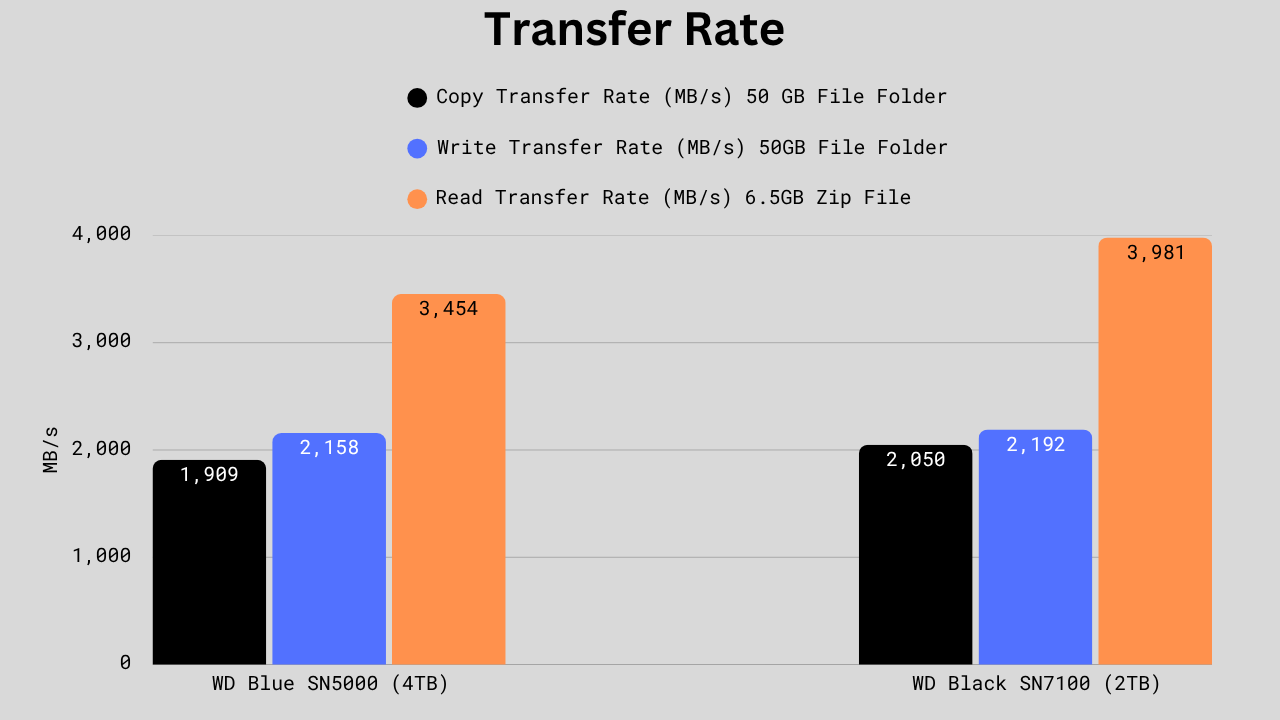
The WD Black SN7100 (2TB) stays ahead again, though the margins are smaller this time. It copies and writes large folders a bit faster and shows a noticeable boost when reading compressed files, suggesting stronger sustained performance and better handling of mixed workloads. The WD Blue SN5000 (4TB) is still quick and reliable, but the SN7100 is the sharper performer for frequent file transfers or content creation.
Power Consumption and Efficiency
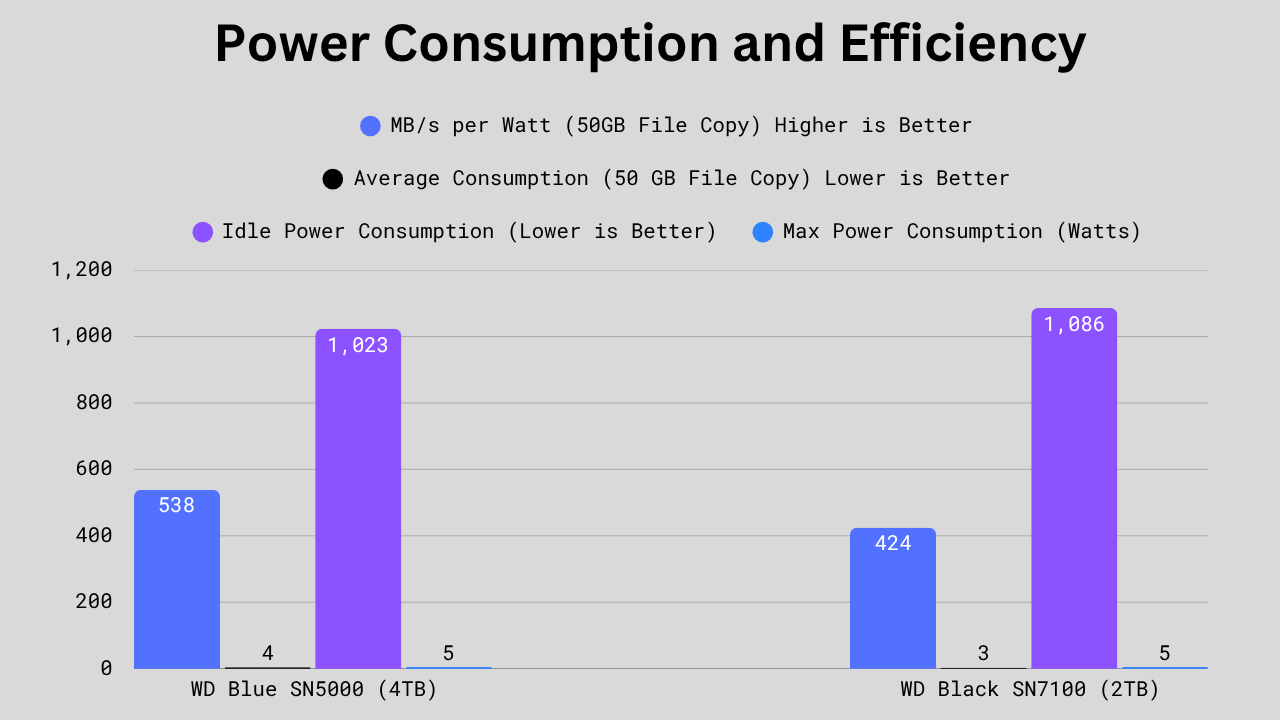
The WD Blue SN5000 (4TB) proves to be the more efficient drive overall, delivering higher throughput per watt and slightly lower idle power draw. The SN7100, while still efficient, consumes a bit more when idle but keeps average and peak usage competitive. If you care about performance per watt and lower heat in long-term use, the SN5000 has the advantage, whereas the SN7100 focuses more on raw speed than efficiency.
TBW, DWPD, MTBF, and Warranty
| Specification | WD Blue SN5000 | WD Black SN7100 |
|---|---|---|
| Endurance (TBW) | 500GB: 300 TBW 1TB: 600 TBW 2TB: 900 TBW 4TB: 1,200 TBW | 500GB: 300 TBW 1TB: 600 TBW 2TB: 1,200 TBW 4TB: 2,400 TBW |
| Warranty | 5 Years | 5 Years |
| DWPD | 0.3 in 500GB and 1TB 0.2 in 2TB and 4TB | 0.3 |
| MTBF | 1.8 Million Hours | – |
The SN7100 offers a higher TBW rating in the 2TB and 4TB variants. However, it is the same in the 500GB and 1TB versions. The DWPD (Drive Writes Per day) is 0.3 across all versions of both, except for the 2TB and 4TB SN5000, which are 0.2.
Technical Specifications
| Specification | WD Blue SN5000 | WD Black SN7100 |
|---|---|---|
| Controller | WD Polaris 3 A101-000172-A1 | WD Polaris 3 A101-000103-A1 |
| Controller Architecture | ARM Cortex-R | ARM Cortex-R |
| Process | 16 nm | 16 nm |
| DRAM Specifications | DRAM-Less with Host Memory Buffer | DRAM-Less with Host Memory Buffer |
| SLC Write Cache | 500GB: – 1TB: – 2TB: – 4TB: – | 500GB: – 1TB: – 2TB: – 4TB: approx. 650 GB (dynamic only) |
| NAND Flash | Micron B58R FortisFlash TLC & QLC in 4TB | Kioxia BiCS8 TLC |
| NAND speed | 1600 MT/s & 2400 MT/s in 4TB | 3600 MT/s |
| Encryption | TCG Pyrite | Not avaialble |
| SMART/TRIM/PS5 Support | Yes/Yes/Yes | Yes/Yes/Yes |
| Datasheet | Crucial T500 | Not available |
The NAND flash in the SN7100 performs much better, with higher raw NAND speed. Both the SSDs have the Pseudo-SLC write cache, but the sizes are not known, except for the 4TB SN7100, which has around 650GB dynamic cache. All in all, the SN7100 has better specifications, but it lacks encryption. This can be an issue for those curious about their data protection in case of a lost drive.
Price
The price difference isn’t that big in the 500GB and 1TB variants. The SN7100 will be 1 to 2$ expensive in these versions. However, the difference increases with the capacity. By the time I write this article, the 2TB SN5000 is selling for $124.99 on Newegg. However, the 2TB SN7100 is $25 more expensive and sells for $149.99. The same goes for the 4TB variant. However, the prices keep changing and they may be difference on different marketplaces. So, it is good to compare them everywhere before you make your final decision.


Conclusion: Which One Should You Choose?
In terms of performance, the SN7100 will deliver better results. If you are planning for the 500GB or 1TB variants, you will get both at almost identical prices. So, basically, you are getting a better performance without spending more on an SSD. Also, if you are planning for the 4TB version, I would recommend the SN7100 at a slightly higher price, just because it uses TLC NAND flash rather than QLC in the 4TB SN5000. The SN7100’s 2TB and 4TB versions have a higher TBW compared to the same variants of
The SN5000 can be a good pick if you are saving enough money and think the savings are worth the low performance. Another reason could be the encryption support, if that matters to you. Otherwise, the SN7100 is a better pick for most users in most cases.

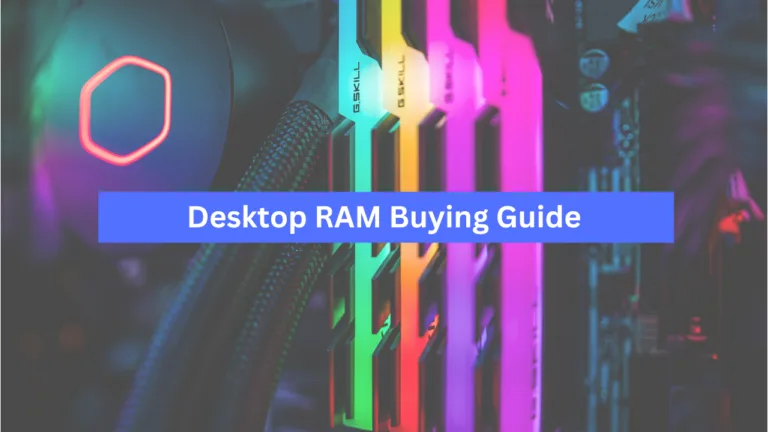


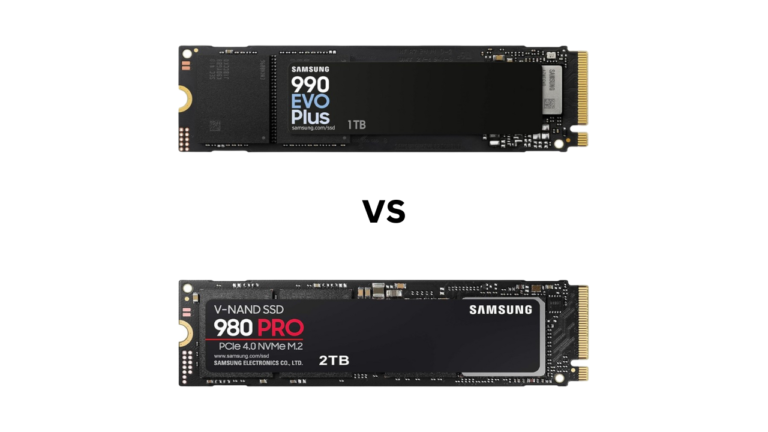
![How to Buy and Upgrade Laptop RAM? [Detailed Guide]](https://storedbits.com/wp-content/uploads/2024/10/push-the-ram-stick.jpg.webp)
